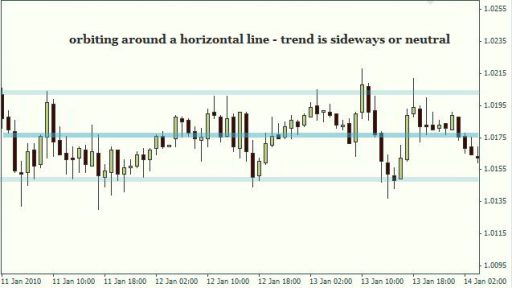- Home
- >
- Psychology of the successful trading
- >
- Clif Droke: The Psychology of a Sideways Trend

Clif Droke: The Psychology of a Sideways Trend

When equities get stuck in a sideways trend for several months, investor psychology goes through four basic stages of change: 1.) initially they feel expectant that stock prices will quickly breakout of the newly formed range; 2.) when this fails to materialize sentiment turns sour as stocks drop to the lower boundary of the range; 3.) as stocks continue bouncing from the top to the bottom of the range investors begin to lose interest and eventually quit participating altogether with many selling their stock holdings. This is what forms the basis of a bullish accumulation pattern since smart money professional investors eagerly snap up the disgorged supply from disgruntled retail investors. 4.) Finally, as the range is nearing its final resolution, small investors who may, or may not, be invested are thoroughly frustrated at the lack of directional movement.
The frustration that has built up during the period of the lateral trend is released in various ways. Not uncommonly, trading range breakouts are preceded or accompanied by various expressions of mass frustration, including protests, civil unrest, or conspicuous acts of violence. If the trading range continues long enough the subsequent release of pent-up tensions can even result in the initiation of military conflict. Witness the collective angst of Americans of all walks of life during the 1970s, a decade which was entirely encompassed by a lateral trading range in the stock market.
The recent breakout from the trading range in the US stock market has witnessed a corresponding increase in militant threats in several regions of the globe. From last week's failed cease-fire between Ukraine and Russia, to the fighting between Egypt and ISIS, to President Obama's request for new war powers, the confluence in militarism has coincided with last week's trading range breakout. The timing is no coincidence; indeed, it can be viewed as a natural reaction to a long and grueling period of no progress in the financial market.
When prices reach the upper band of the range, participation—even among active traders—tends to wane, except among short sellers. Few traders are interested in buying along a trading range ceiling. Only when a decisive breakout is made above the ceiling do investors begin to show any interest.
 Varchev Traders
Varchev Traders If you think, we can improve that section,
please comment. Your oppinion is imortant for us.






